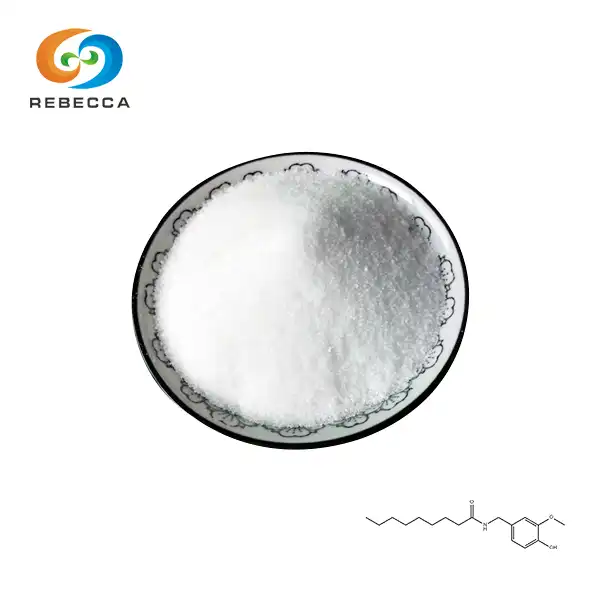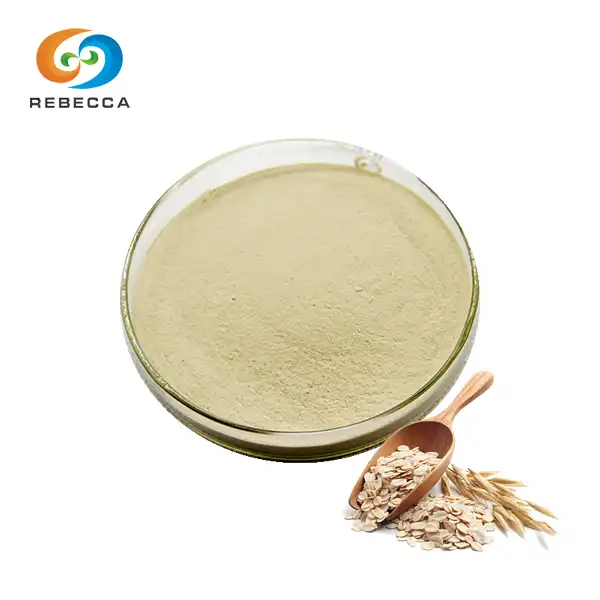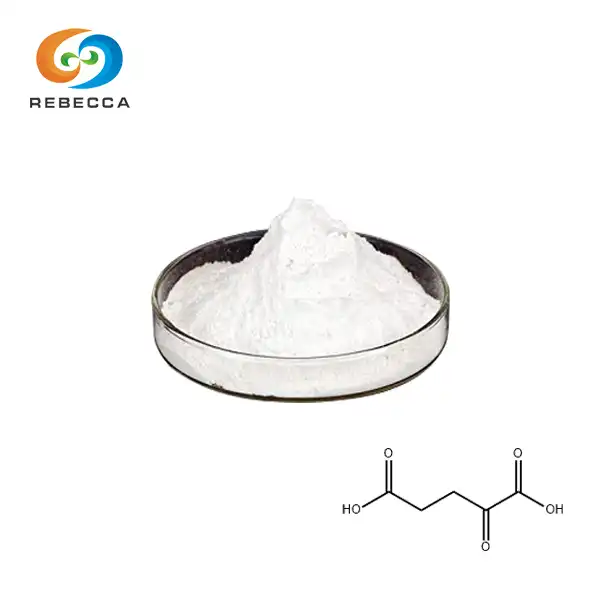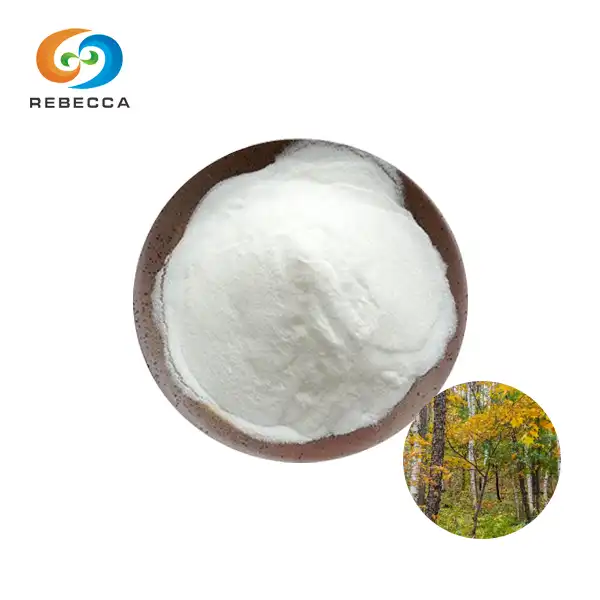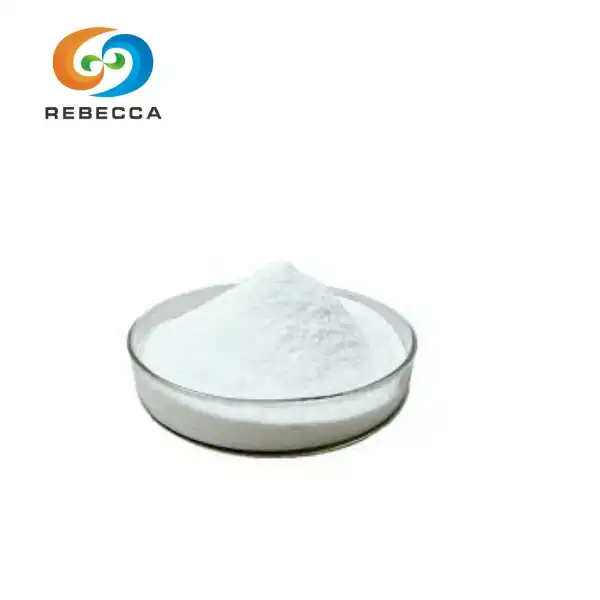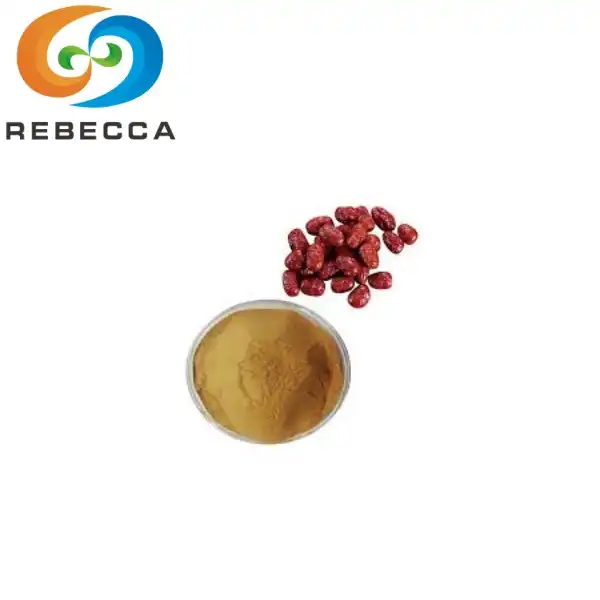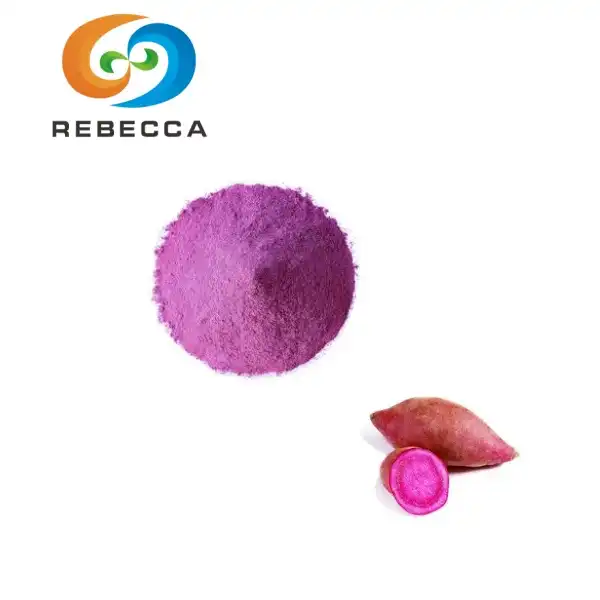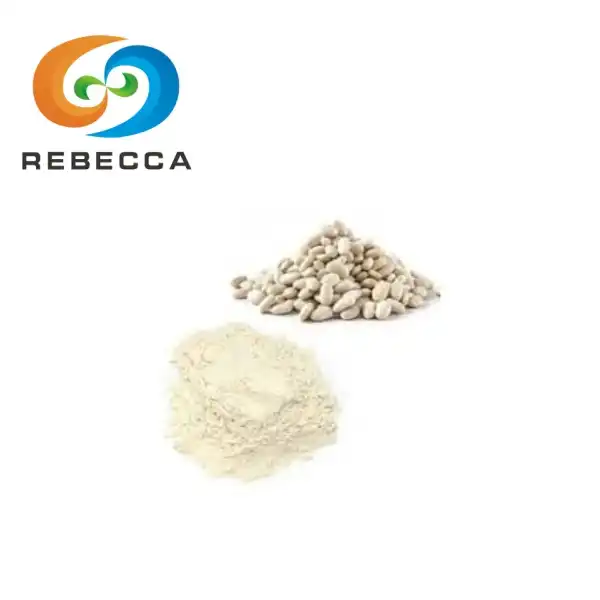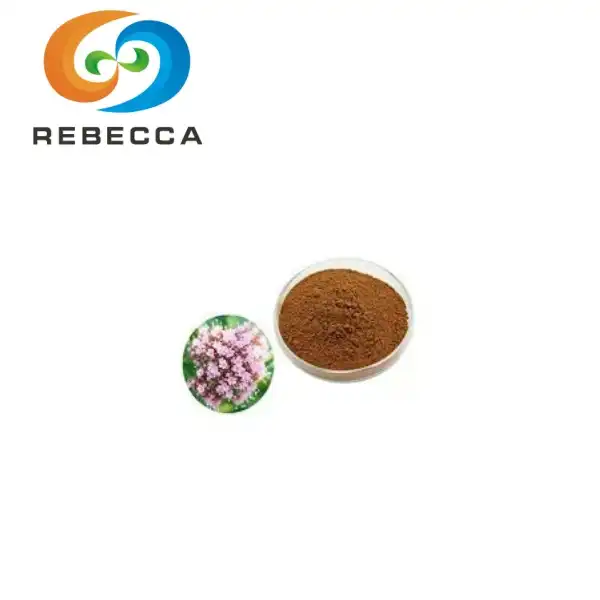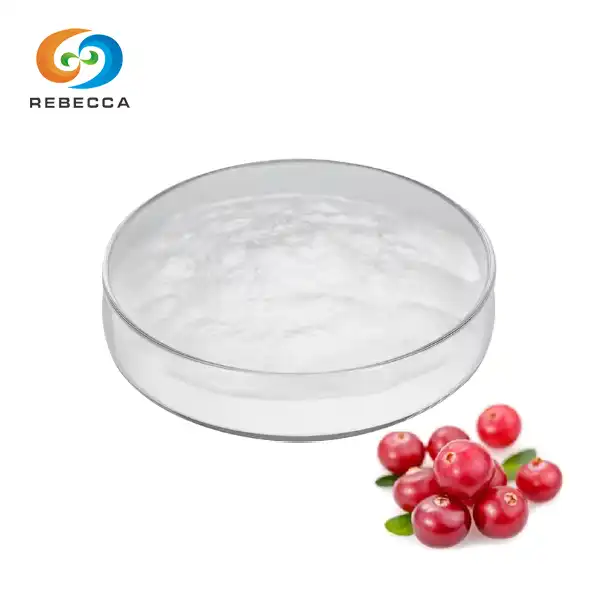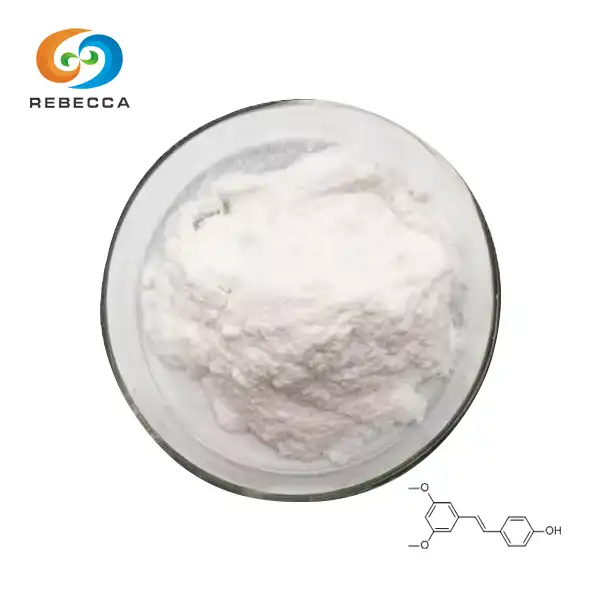Is oat extract the same as oatmeal?
oat extract and oatmeal are both derived from oats, but they're not exactly the same thing. While oatmeal is the whole grain form of oats that we typically eat for breakfast, oat extract is a concentrated form of specific compounds found in oats. This extract has gained popularity in skincare and health products due to its numerous benefits. Let's dive deeper into the world of oat extract and explore its uses, benefits, and how it differs from regular oatmeal.

Top Benefits of Oat Extract for Your Skin
Oat extract, derived from Avena fatua L., offers a plethora of skin-loving benefits that make it a prized ingredient in skincare formulations. Here are some of the top reasons why it is becoming increasingly popular in the beauty industry:
Powerful Moisturizing Properties
Oat extract is a natural emollient, meaning it helps soften and hydrate the skin. It contains beta-glucans, which form a protective film on the skin's surface, locking in moisture and preventing water loss. This makes it particularly beneficial for those with dry or dehydrated skin.
Soothing and Calming Effects
One of the most notable benefits of oat extract is its ability to soothe and calm irritated skin. It possesses anti-inflammatory properties that can help reduce redness, itching, and general skin discomfort. This makes it an excellent ingredient for those with sensitive or reactive skin conditions.
Antioxidant Protection
Oat extract is rich in antioxidants, which help protect the skin from free radical damage caused by environmental stressors like UV radiation and pollution. These antioxidants can help prevent premature aging and maintain the skin's overall health and appearance.
Barrier Function Support
The lipids and proteins found in oat extract help support and strengthen the skin's natural barrier function. A healthy skin barrier is crucial for maintaining proper hydration levels and protecting against external irritants and potential allergens.
Gentle Cleansing Action
Oat extract contains saponins, which are natural cleansing agents. These compounds help remove dirt, oil, and impurities from the skin without stripping it of its natural oils, making it an excellent ingredient for gentle, non-irritating cleansers.

How Oat Extract Is Used in Skincare Products?
Oat extract has become a versatile ingredient in the skincare industry, finding its way into a wide range of products. Here's how this powerful ingredient is being utilized:
Moisturizers and Creams
Due to its hydrating properties, oat extract is commonly found in moisturizers and creams. It helps to lock in moisture, leaving the skin feeling soft, smooth, and hydrated. These products are particularly beneficial for those with dry or sensitive skin.
Serums and Facial Oils
Oat extract is often incorporated into serums and facial oils to provide a concentrated dose of its beneficial compounds. These products can help improve skin texture, reduce inflammation, and provide antioxidant protection.
Cleansers and Body Washes
The gentle cleansing properties of oat extract make it an excellent ingredient for facial cleansers and body washes. It helps remove impurities without over-drying the skin, making it suitable for all skin types, including sensitive skin.
Sunscreens
Some sunscreen formulations include oat beta glucan powder to provide additional skin-soothing benefits. Its anti-inflammatory properties can help calm sun-exposed skin and potentially reduce the risk of sun-induced irritation.
Anti-Aging Products
The antioxidant properties of oat extract make it a valuable ingredient in anti-aging skincare products. It can help protect against free radical damage and support overall skin health, potentially reducing the appearance of fine lines and wrinkles.

Oatmeal vs. Oat Extract: Key Differences Explained
While both oatmeal and oat extract come from the same source, they have distinct differences in terms of processing, composition, and uses. Understanding these differences can help you choose the right product for your needs:
Processing and Form
Oatmeal is made from whole oat grains that have been dehusked, steamed, and flattened. It retains most of the grain's original structure and nutritional profile. On the other hand, oat extract is a concentrated form of specific compounds found in oats, typically obtained through a process of extraction and purification. It appears as a brown-yellow fine powder, often with a mesh size of 80.
Composition and Active Ingredients
Oatmeal contains a wide range of nutrients, including proteins, carbohydrates, fats, vitamins, and minerals. Oat beta glucan powder, however, is specifically concentrated in certain compounds, particularly beta-glucans. The specification of oat extract often indicates the concentration of these beta-glucans, which can range from 70% to 90%.
Primary Uses
Oatmeal is primarily used as a food product, consumed as a breakfast cereal or used in baking. While it can be used topically in DIY skincare treatments, its effects are generally less potent than those of oat extract. Oat extract, due to its concentrated nature, is primarily used in health products, cosmetics, and food supplements. It's valued for its ability to lower cholesterol, reduce blood sugar, enhance immunity, and provide anti-aging benefits.
Application in Skincare
While both oatmeal and oat extract can be beneficial for the skin, it is more commonly used in commercial skincare products due to its concentrated nature and ease of formulation. It's particularly effective in products designed to soothe sensitive skin, reduce inflammation, and improve skin barrier function.
Bioavailability and Absorption
Oat extract, being a more processed and concentrated form, generally has higher bioavailability compared to whole oatmeal. This means that the beneficial compounds in it may be more readily absorbed and utilized by the body or skin when applied topically or consumed as a supplement.
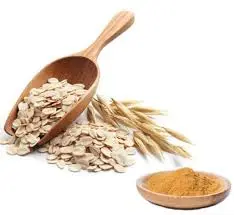
Conclusion
In conclusion, while oatmeal and oat extract share the same source, they differ significantly in their processing, composition, and applications. Oat extract, with its concentrated beneficial compounds, offers a potent option for those seeking targeted skincare and health benefits. Whether you're looking to soothe sensitive skin, boost your skincare routine, or explore natural health supplements, it presents a versatile and effective option. For more information about oat extract and its applications, feel free to reach out to us at information@sxrebecca.com.
References
1. Johnson, S. K., et al. (2015). "Oat β-glucan: Physico-chemical characteristics in relation to its blood-glucose and cholesterol-lowering properties." British Journal of Nutrition, 114(S1), S52-S58.
2. Pazyar, N., et al. (2012). "Oatmeal in dermatology: A brief review." Indian Journal of Dermatology, Venereology, and Leprology, 78(2), 142-145.
3. Meydani, M. (2009). "Potential health benefits of avenanthramides of oats." Nutrition Reviews, 67(12), 731-735.
4. Reynertson, K. A., et al. (2015). "Anti-inflammatory activities of colloidal oatmeal (Avena sativa) contribute to the effectiveness of oats in treatment of itch associated with dry, irritated skin." Journal of Drugs in Dermatology, 14(1), 43-48.
5. Singh, R., et al. (2013). "Avena sativa (Oat), a potential neutraceutical and therapeutic agent: An overview." Critical Reviews in Food Science and Nutrition, 53(2), 126-144.
_1730691017423.webp)

